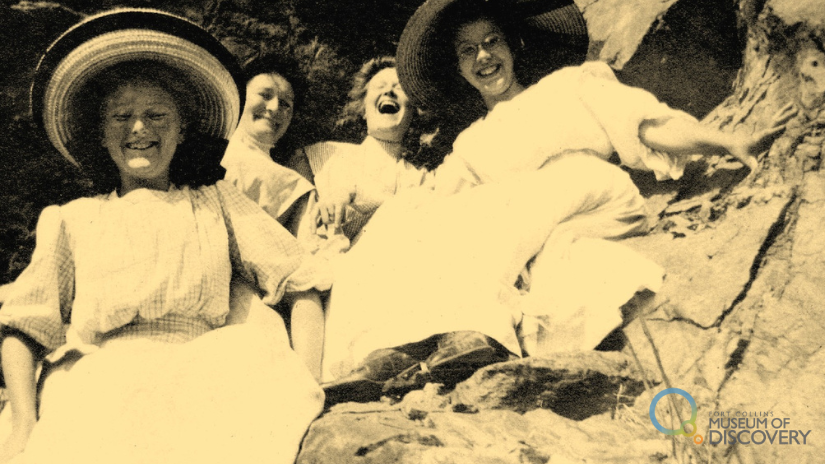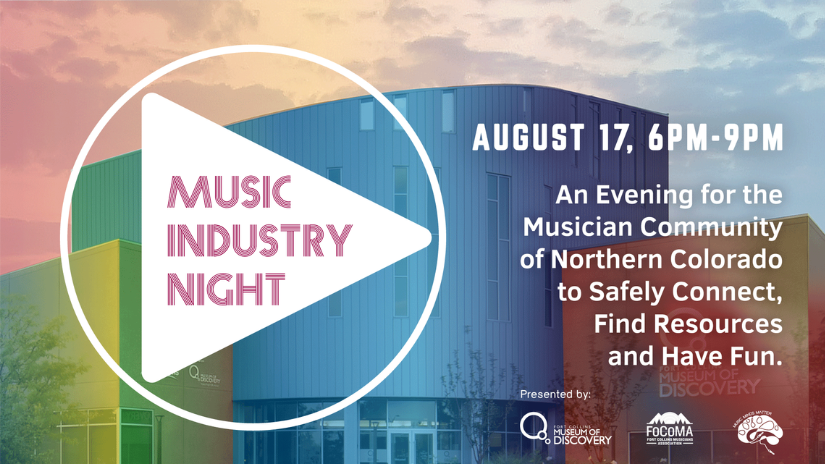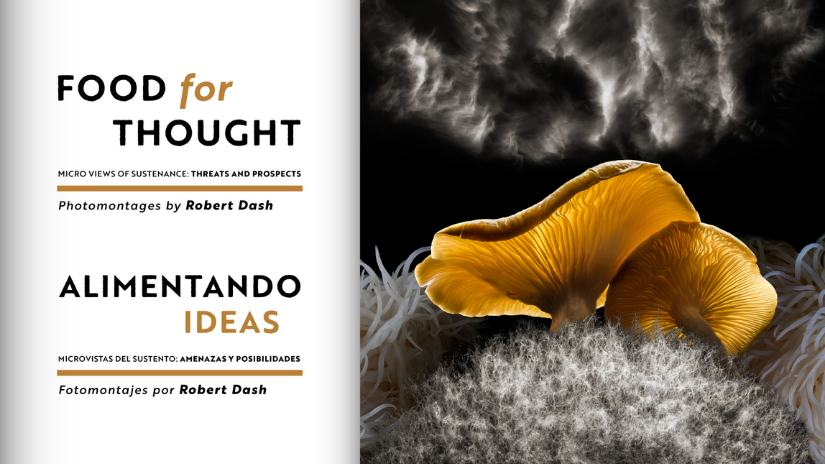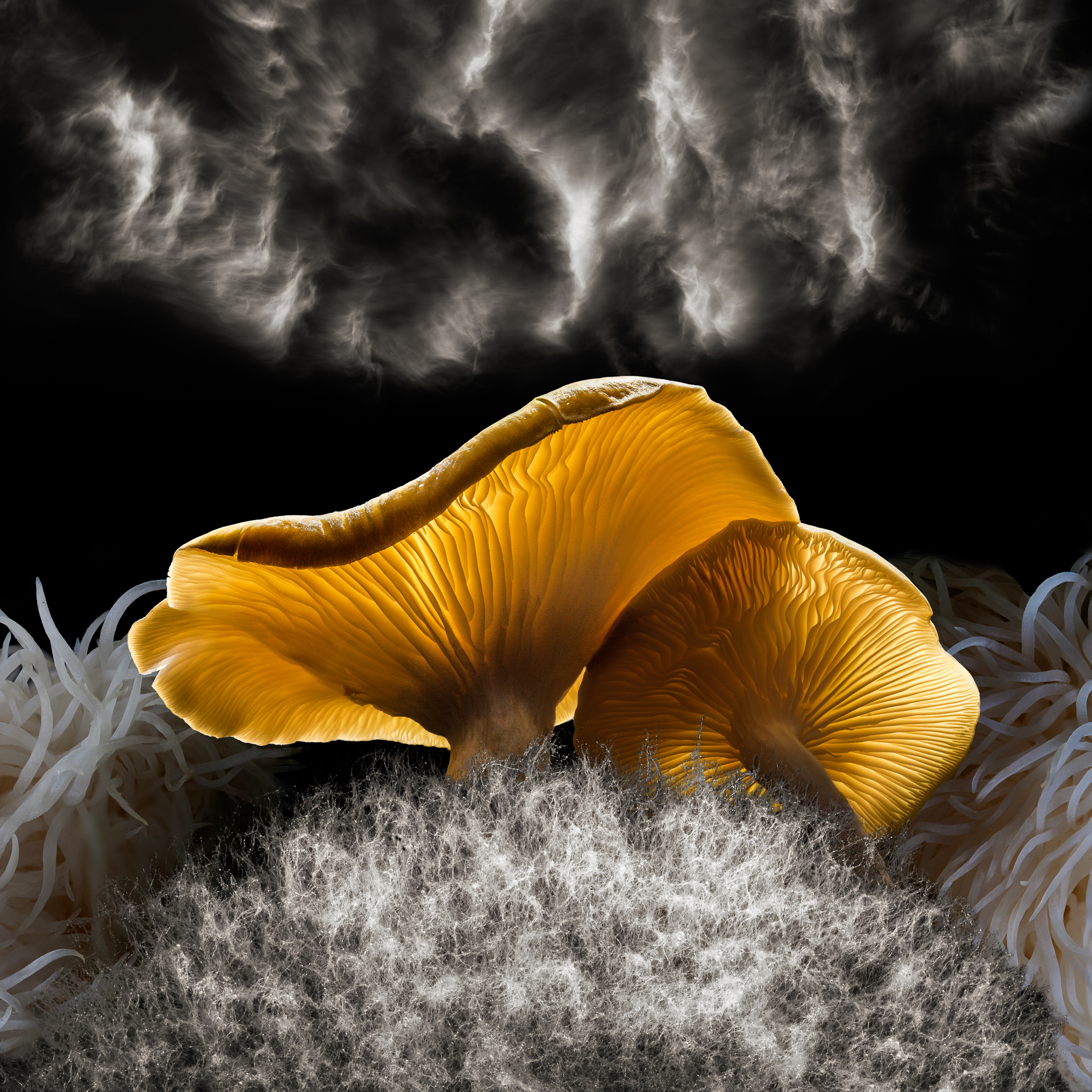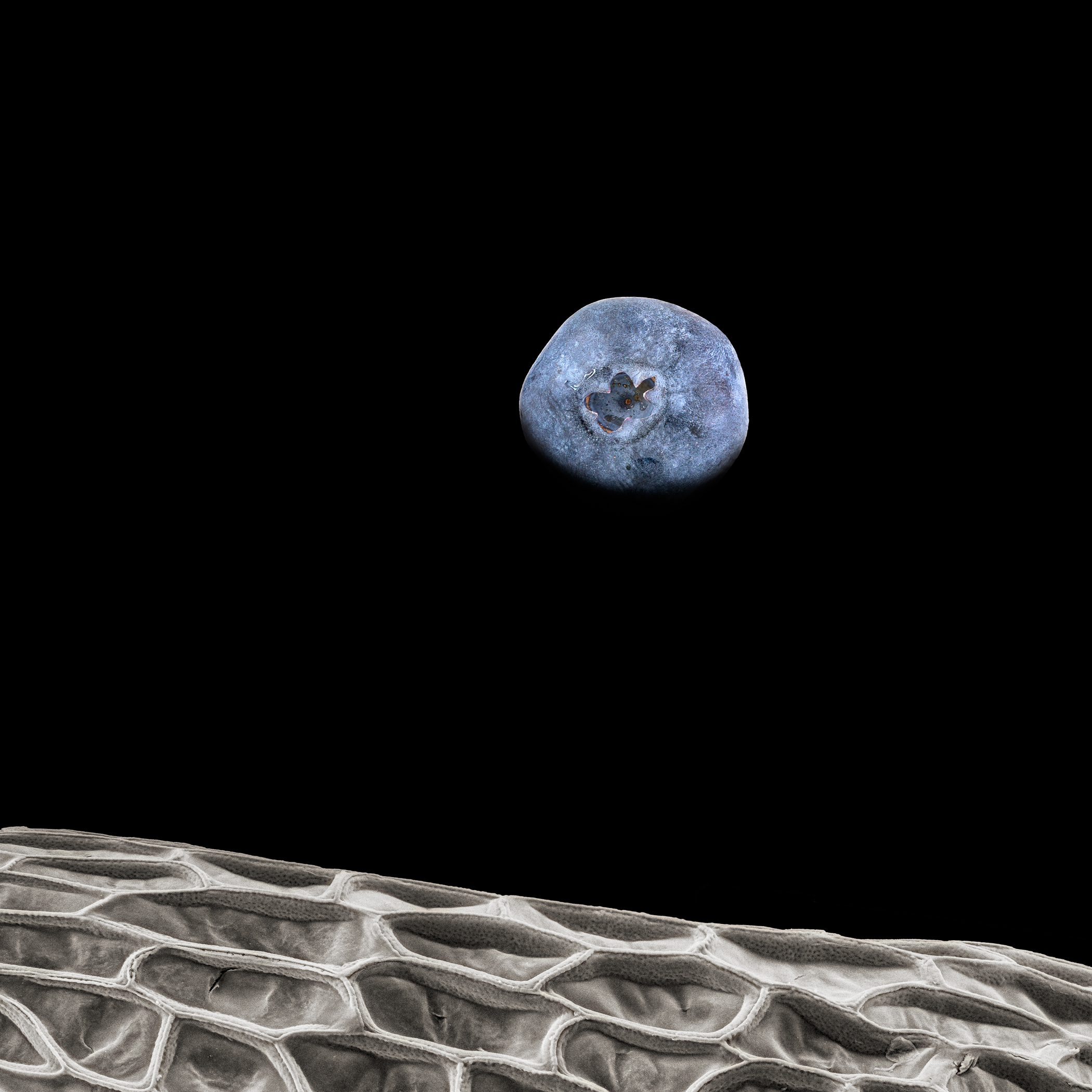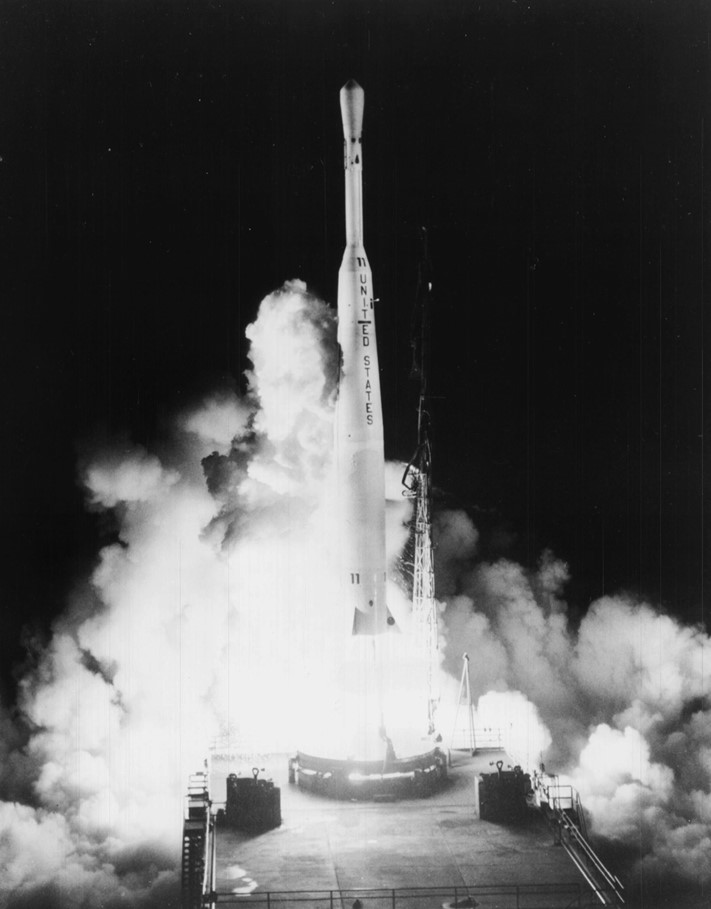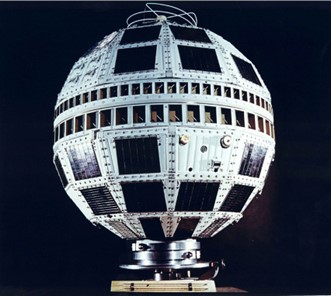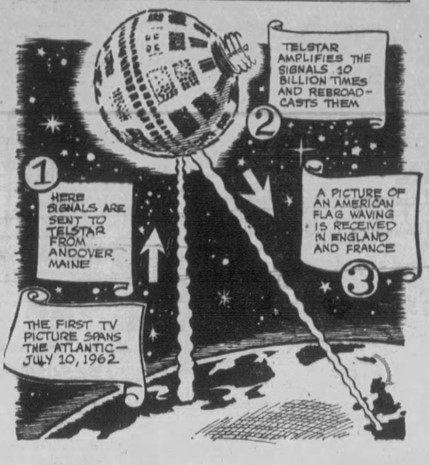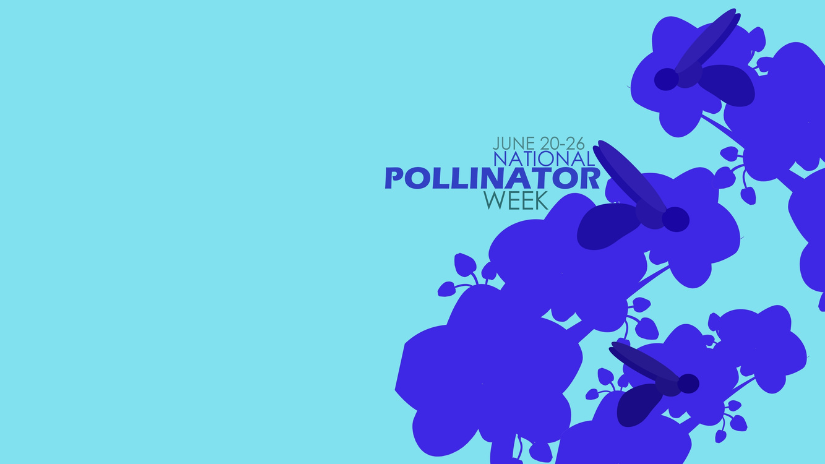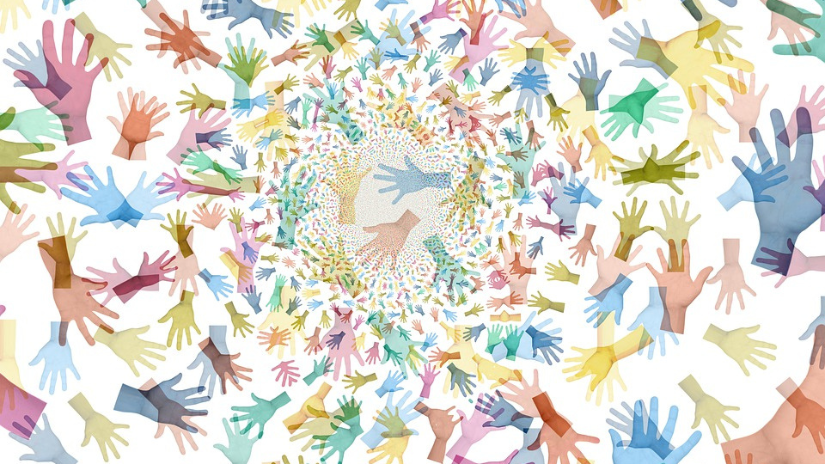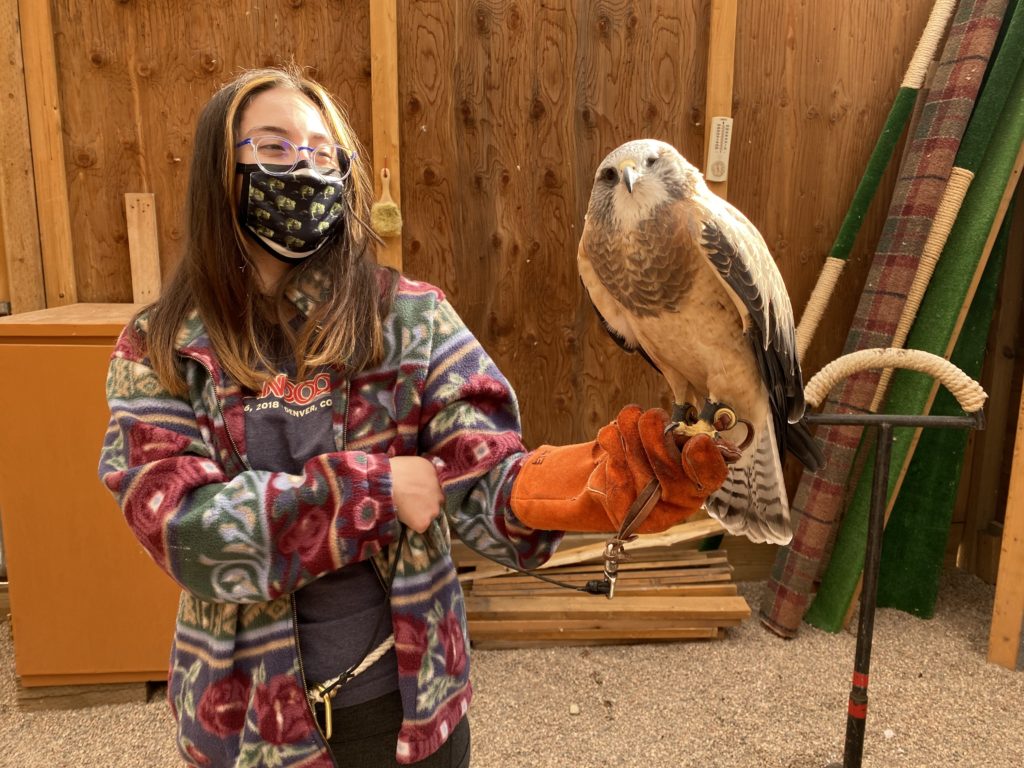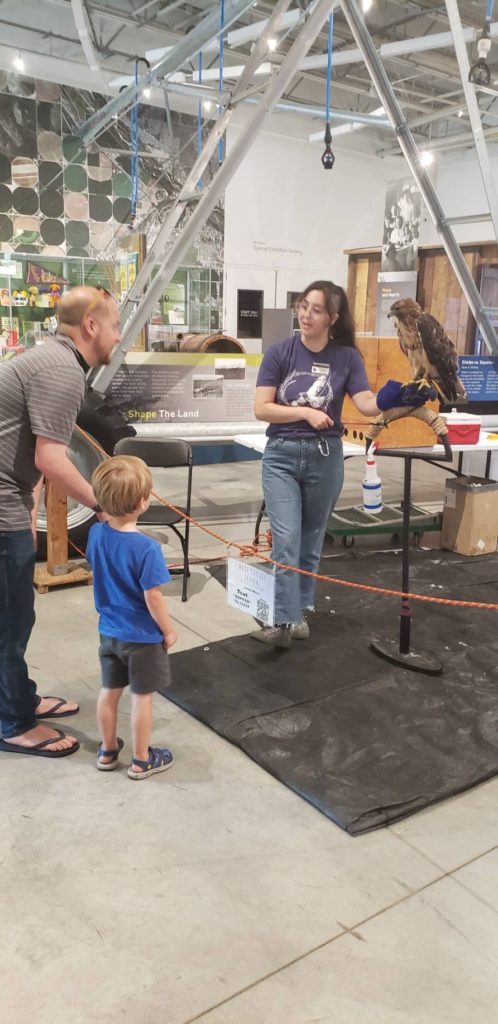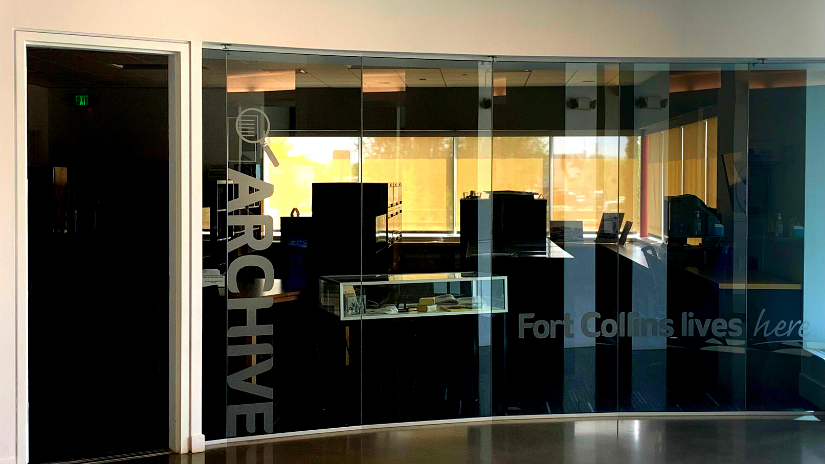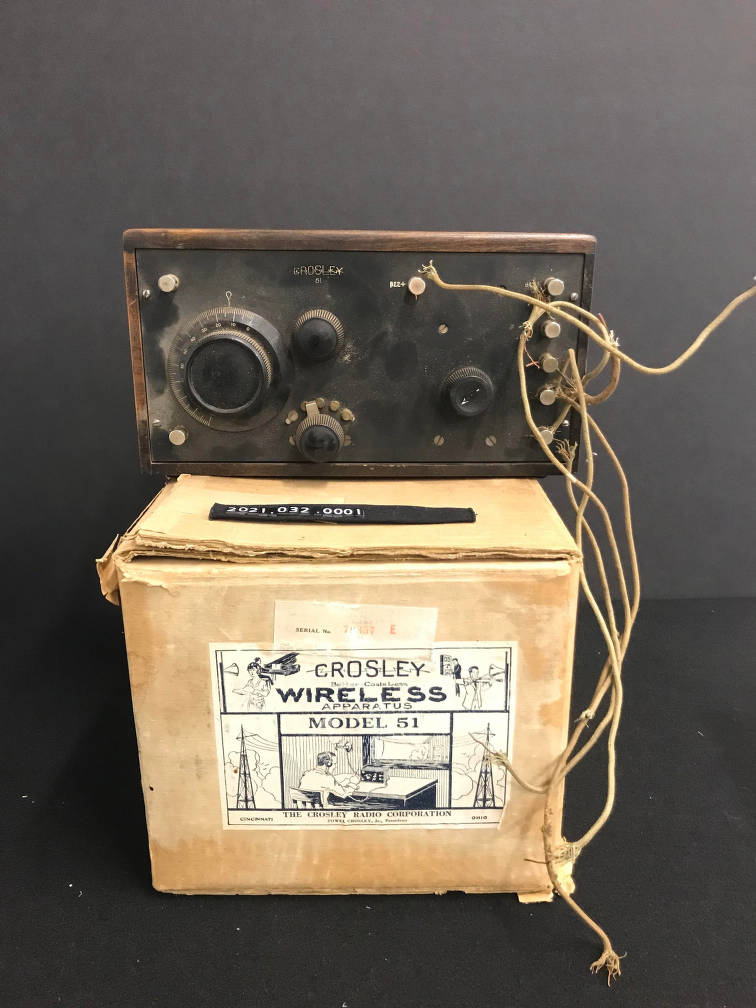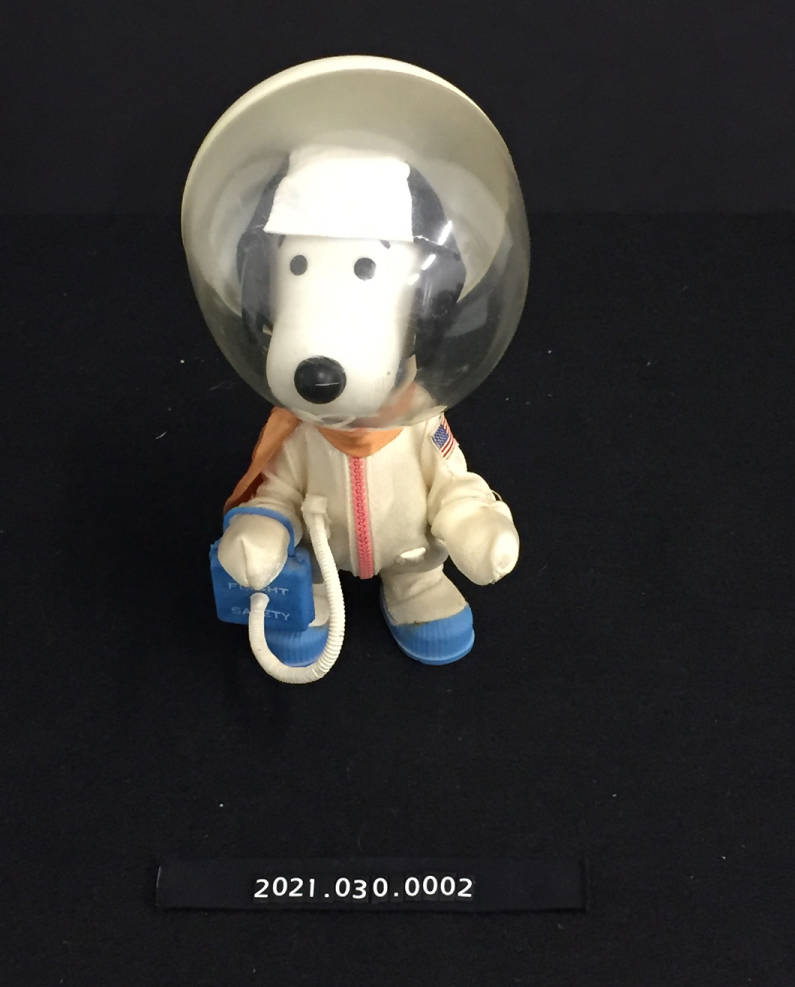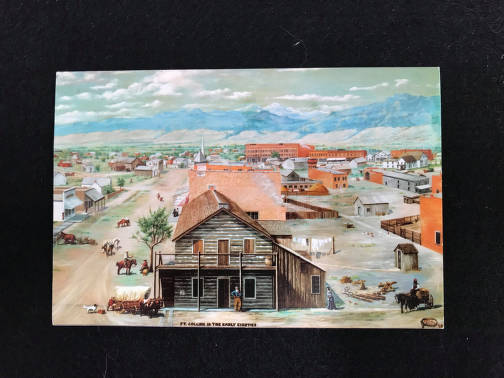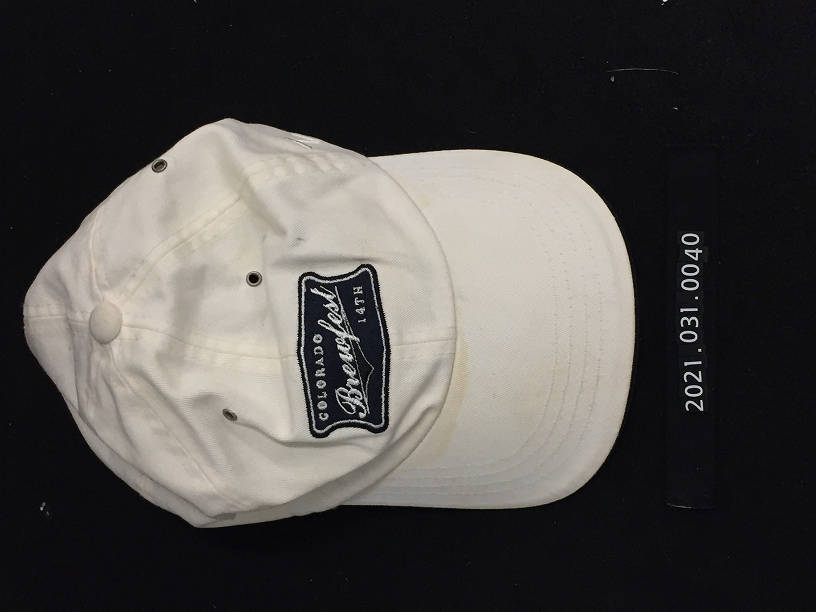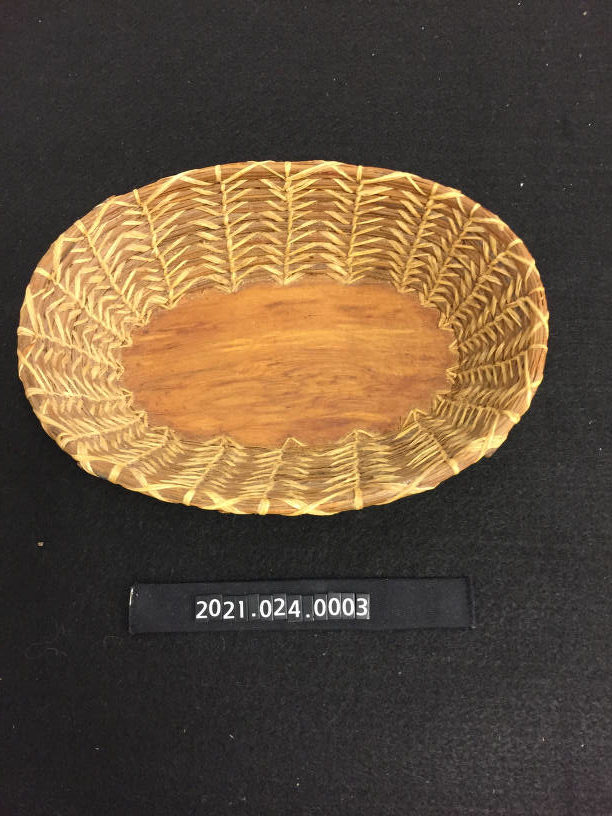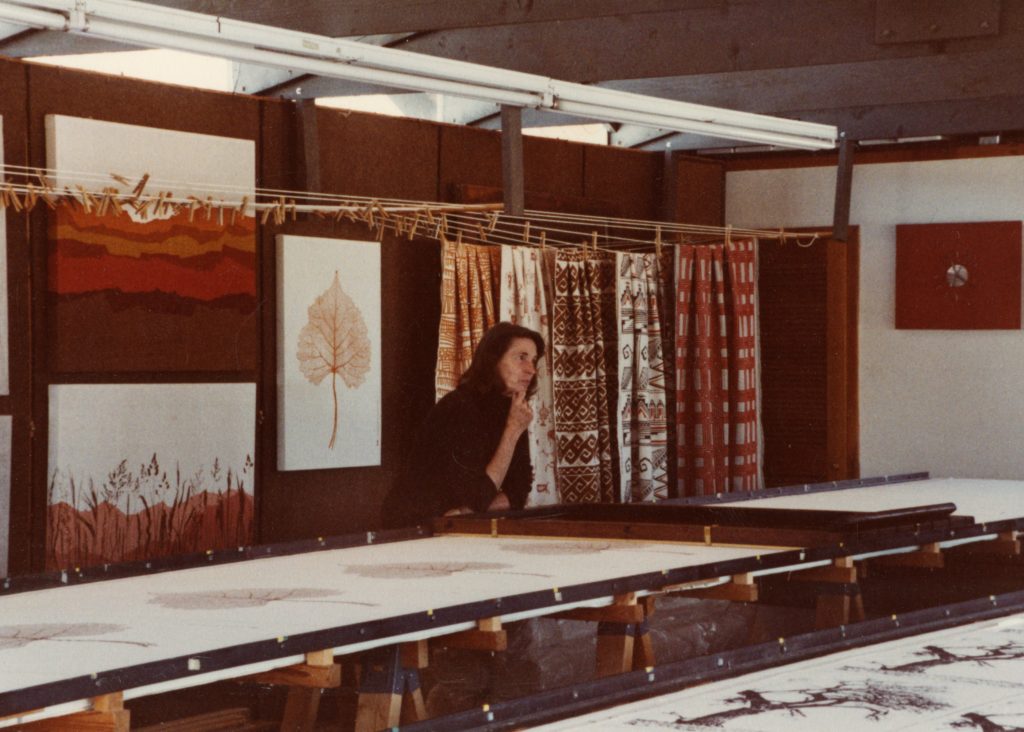By Sarah Frahm, Archive Assistant, Fort Collins Museum of Discovery
In the Cahill Collection, a collection of items from the Wolfer and Cahill families who were grocers and bankers in Fort Collins, there is a tear-a-day calendar. The Wolfer and Cahill collection will be featured in an upcoming Women’s History presentation by the Archive and Collections staff, and the tear-a-day calendar stands out.
This little calendar, about three inches by five inches, starts in the middle of the month with half of the pages already torn out. Each page is mostly blank space for jotting down notes but there are a few printed sentences at the top, part of a story told over the whole month.
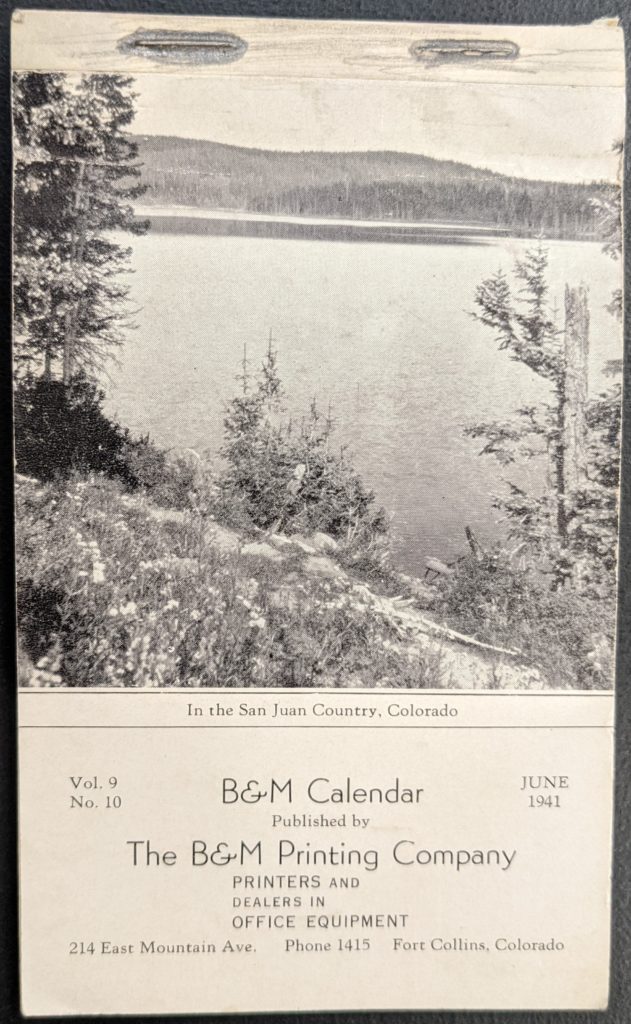
Sometimes, when going through a collection, either for processing or researching, there isn’t time to wonder deeply about an item. Other times, something is so odd or striking that it demands more time and investigation. The answers for questions about this calendar, a singular item from the folders of the Cahill Collection, came from another collection and newspapers.
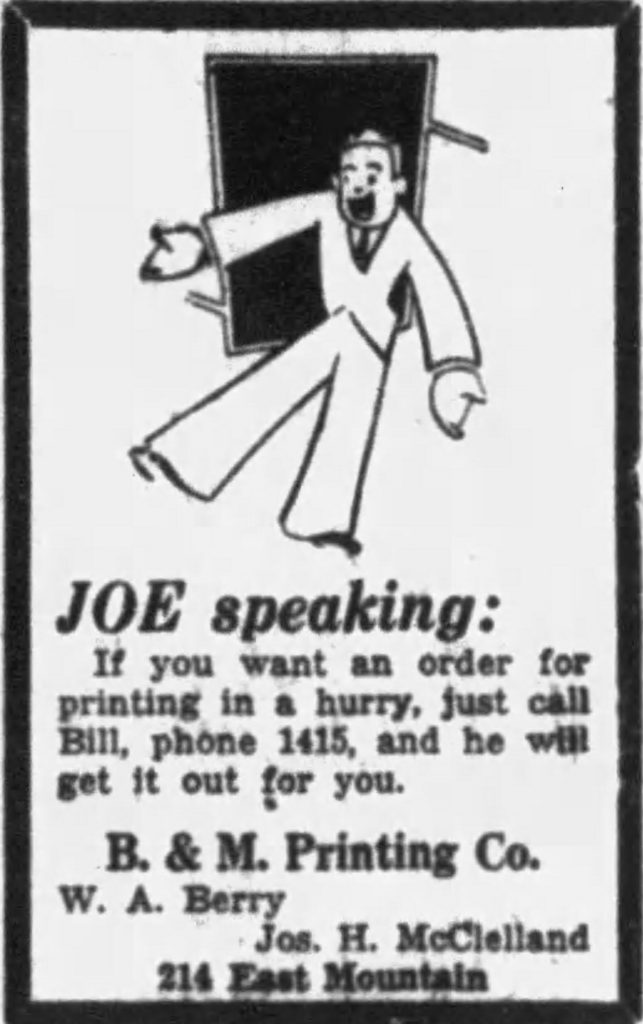
In 1930 William Berry, a foreman for The Fort Collins Express-Courier newspaper and Joseph H. McClelland, grandson and son of McClellands who were newspapermen, bought a press and started a printing company, B&M Printing. To advertise their business beyond newspaper ads, McClelland came up with the idea of a calendar notepad that could be given to potential customers. The calendar would be useful and therefore likely near-to-hand so that customers would be reminded often of B&M Printing.
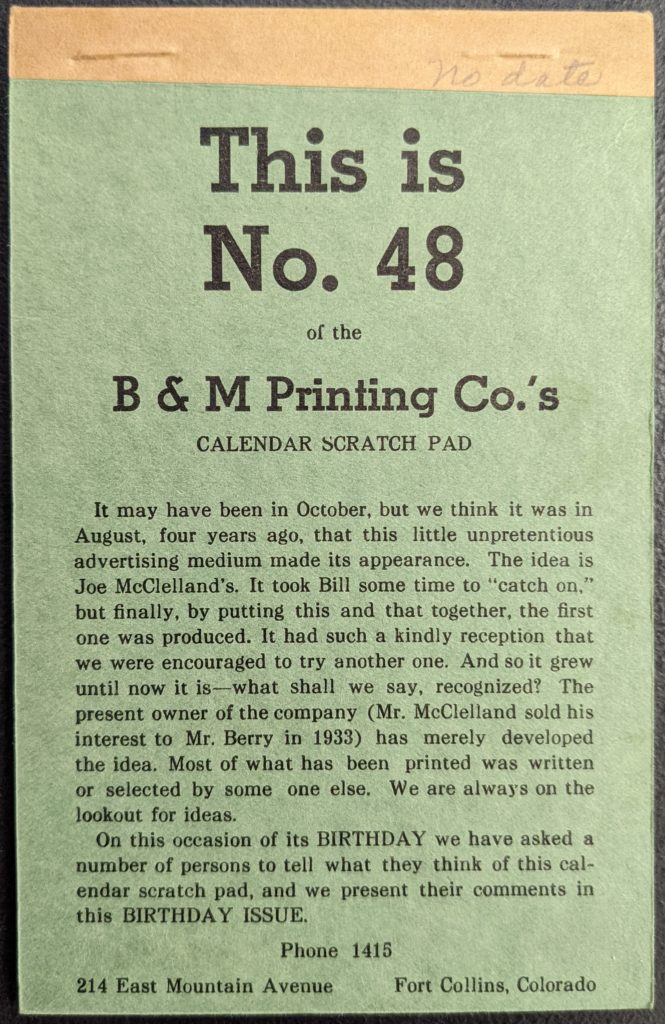
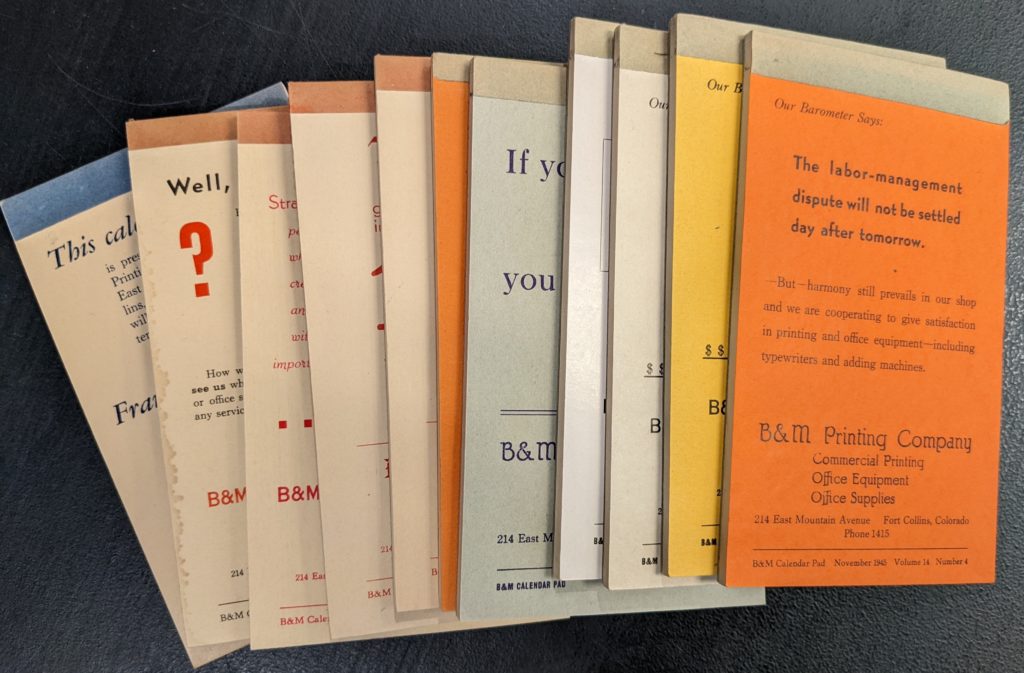
Although McClelland left B&M Printing in 1933 to help run the family orchards south of town, Berry continued to print the calendar notepads. Roughly a hundred of these calendars covering the years from 1936 to 1953 are in the Archive in the B&M Printing Collection. The features of the calendars cover a whole range of topics. Some notepads were partnerships with other companies and organizations in town, such as The Business and Professional Women’s Club. One notepad had a story written by local author Agnes Wright Spring.
Sometimes Berry informed his customers about the slow rate of deliveries for office supplies due to lingering wartime shortages, other times he used the covers to stump for his own views on political questions of the day from fencing along a ditch at City Park to federal spending and taxing. Berry wrote his own histories of Fort Collins and Larimer County as well.
The story in the June 1941 calendar pad was borrowed from the Nebraska State Journal and supposedly from the Nebraska Senator Don Hanna. The whole tale is quite a tall one, involving the gentleman spending a night inside the chest cavity of his dead horse in order to survive a blizzard, only to be awoken by two hungry wolves biting at his hiding place. According to Hanna’s telling, he then managed to grab the tails of the wolves and drive them like sled dogs with Hanna inside the horse behind them to the homestead where Hanna’s wife dispatched the wolves and chopped Hanna free of the frozen carcass.
Including such a wild story in a calendar for Mr. Berry was likely a marketing tactic. Indeed, the final page of the June 1941 calendar calls for a customer submission of any tale better than the one told by Don Hanna. A subsequent calendar from December 1945 reminds users of the calendar notepads that while the notepads may be useful and entertaining they are advertisements for B&M Printing, printers and suppliers of office equipment.
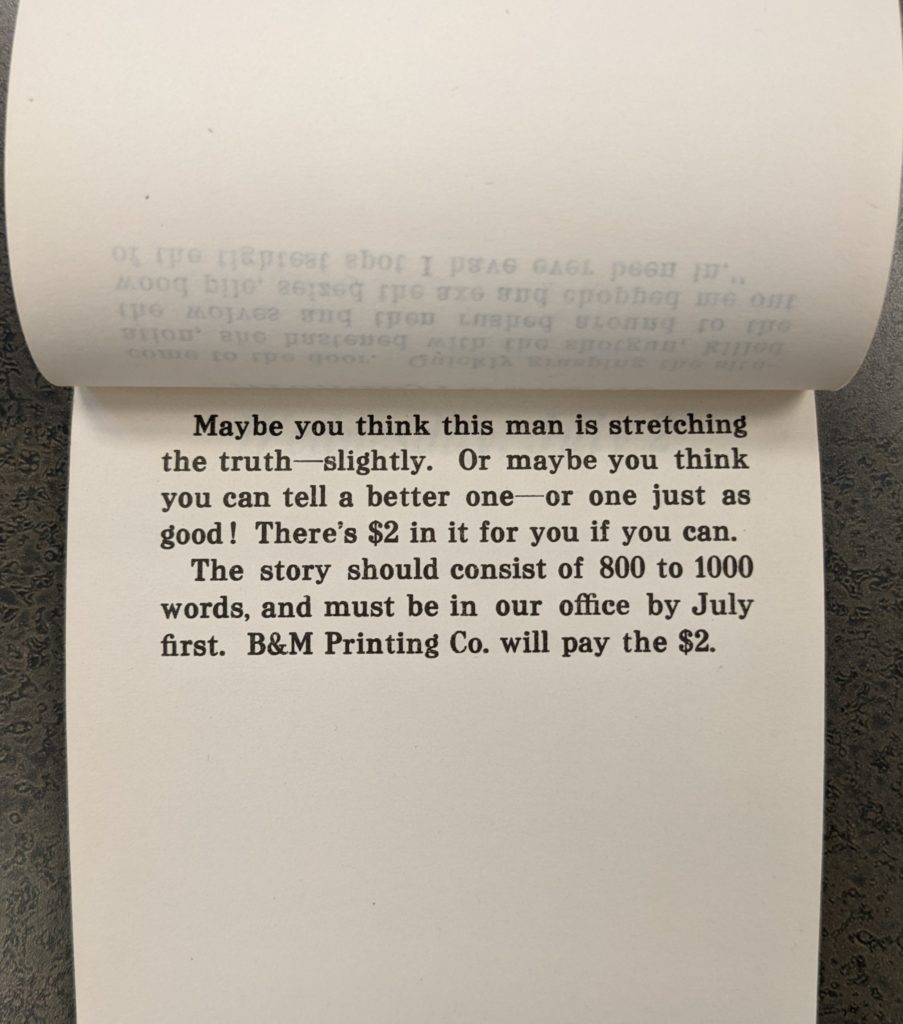
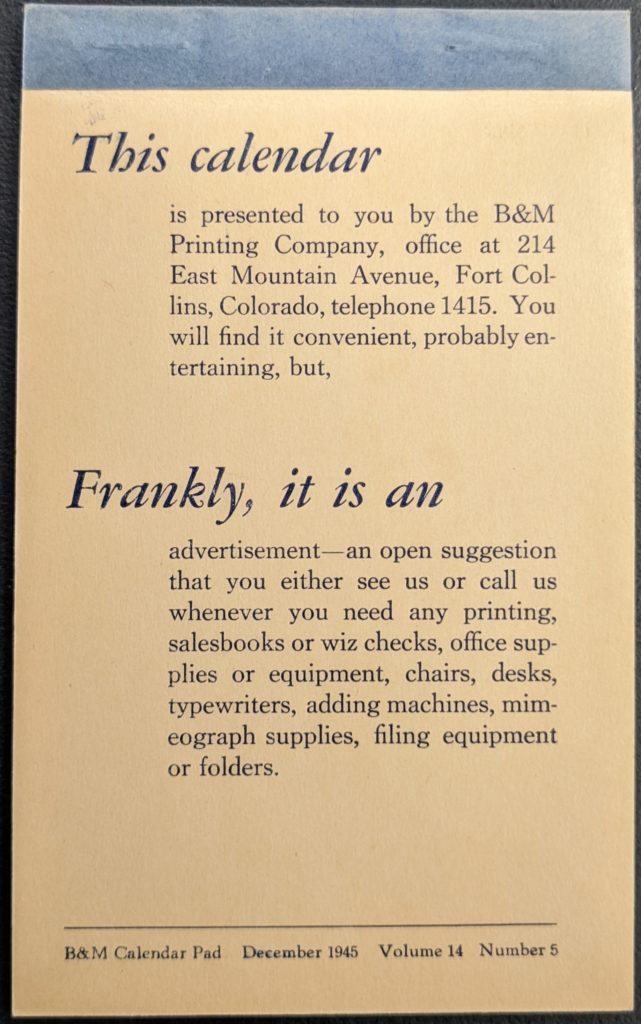
This exact aim of Berry’s calendars is probably why one of them ended up among the items of the Cahills. J.B. Cahill was a local grocer and businessman, as well as a member of the board for the First National Bank. He was the kind of person whom Berry would want as a customer, perhaps printing flyers for the Wolfer-Cahill grocery stores or letterhead for the bank. It is unknown if B&M Printing actually ever fulfilled a print order for Mr. Cahill or his associates but the connection between these two collections in the Archive points to how former residents of Fort Collins might have interacted with each other.
Sources:
Fort Collins Express-Courier, September 11, 1930
Fort Collins Express-Courier, June 28, 1931
Cahill-Wolfer-Blattspieler Collection, The Archive at Fort Collins Museum of Discovery
B and M Printing Company Collection, The Archive at Fort Collins Museum of Discovery
Continue Reading

